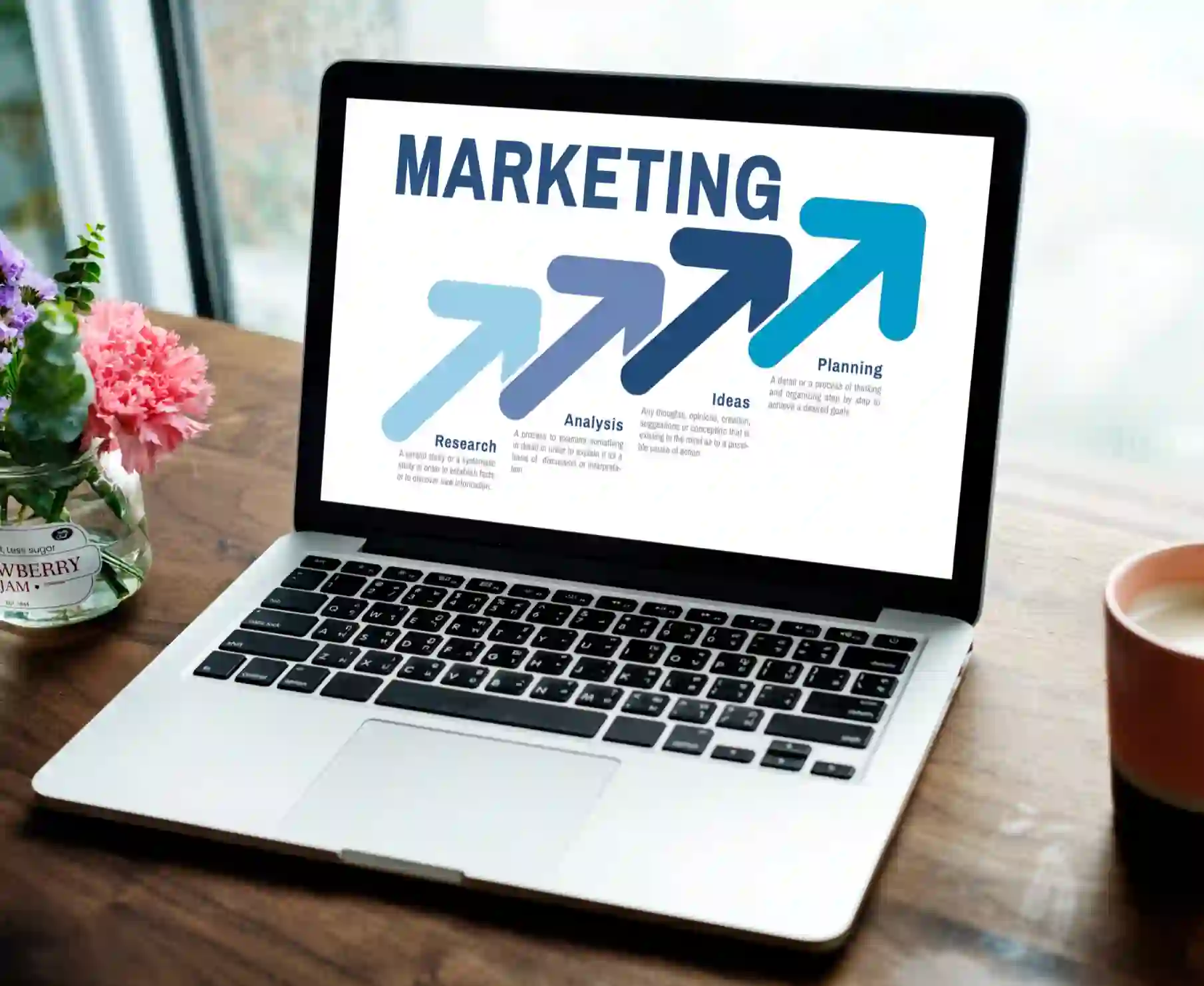
When it comes to digital marketing in 2025, one of the biggest questions business owners face is whether to invest more in SEO or in paid ads. Both strategies can drive traffic, leads, and sales—but they operate in very different ways. Understanding how each one works, and what kind of return you can expect, will help you make smarter decisions about where to put your money.
SEO, or Search Engine Optimization, is the process of improving your website so that it ranks higher in search engine results. This can involve optimizing your site’s content, improving site speed, building backlinks, and using keywords strategically. When done well, SEO helps your business become more discoverable in Google searches, which means you can attract potential customers who are actively looking for what you offer. One of the biggest advantages of SEO is that it doesn’t cost anything for people to click on your site. Once your pages rank well, they can keep bringing in traffic for months, even years, without ongoing spend. That makes SEO an excellent long-term investment—but it also takes time, effort, and consistency to see results.
On the other hand, paid ads offer speed and precision. Platforms like Google Ads, Instagram, TikTok, and Facebook allow you to get in front of your ideal customer almost immediately. You choose your budget, define your audience, and your ads can start showing the same day. This makes paid ads especially useful when you’re launching a new product, running a limited-time promotion, or simply trying to generate quick results. Paid ads also give you detailed data—impressions, clicks, conversions—so you can test ideas, refine your message, and measure ROI with more clarity. The catch is that once you stop paying, the traffic stops too. Paid ads work like a faucet: when it’s on, water flows; when it’s off, it dries up.
So where should you put your budget this year? It depends on your goals. If you’re playing the long game and want to build a solid foundation for organic traffic, SEO is the way to go. It takes longer, but the rewards build over time. If you need fast traction, want to test campaigns quickly, or are launching something new, paid ads can deliver instant visibility and feedback. For many businesses, the smartest strategy is a mix of both—using paid ads for short-term wins while building up SEO for long-term growth.
In fact, you can use insights from your paid campaigns to shape your SEO strategy. For example, if certain ad copy or keywords perform well in paid search, you can incorporate those terms into your blog content or website copy. This way, you’re not guessing what your audience responds to—you’re using data to guide your long-term content efforts. Over time, this creates a balanced system where your SEO reduces your reliance on paid ads, and your ads help you refine your SEO.
In 2025, the smartest marketers aren’t choosing sides. They’re learning how to use SEO and paid ads together in a way that supports both short-term and long-term goals. So before you spend your next marketing dollar, take a step back and think about what your business really needs right now. Are you building visibility for the future, or trying to drive results this week? Your answer should guide your budget and your strategy.



